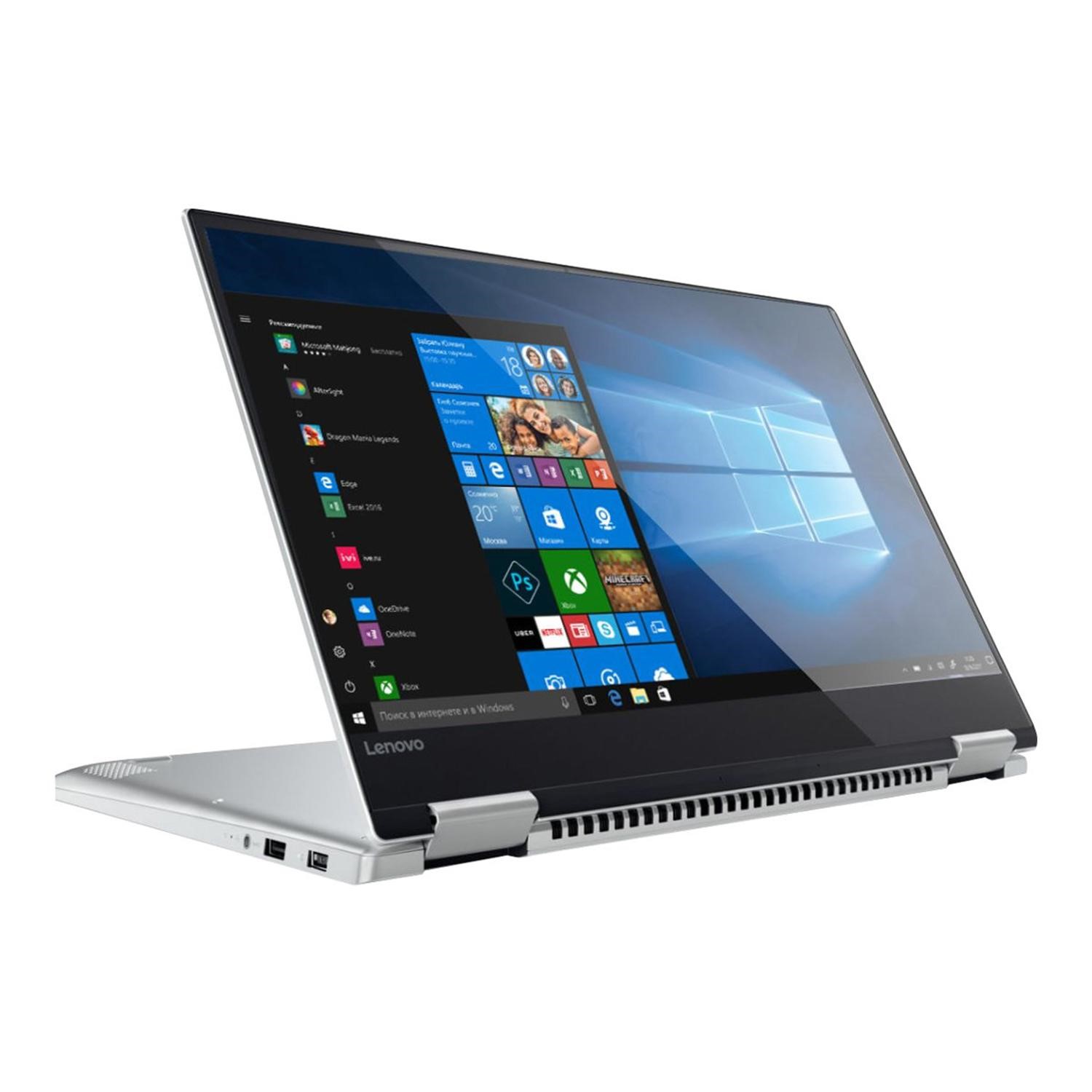

You can see how these values change at 81% (145 cd/m2) brightness. As we go along the grayscale, the average color temperature becomes 5780K – ever warmer. The color temperature on white screen at maximum brightness is 6010K – colors will appear slightly warmer than they should. We’ve measured peak brightness of 327 cd/m2 in the center of the screen and 301 cd/m2 as average across the surface making up for a fairly high maximum deviation of 19%. The Yoga 720 has comfortable viewing angles due to the IPS panel. The screen can be considered as “Retina” when viewed from a distance equal or greater than 53 cm. The pixel pitch for this 13-inch panel is 0.153 x 0.153 mm while the pixel density is 166 ppi. The Lenovo Yoga 720 features a Full HD (1920×1080) IPS display from LG with model number LP133WF4-SPB1. Read the full review to find out which corners Lenovo had to cut. So what’s not to like? As with every device released, there are some trade-offs along the way that OEMs had to do.

In any case, the pricing of this thing appears to be somewhat reasonable, especially the base model, which we are reviewing – Intel Core i5-7200U CPU, 8GB of DDR4-2133 memory, Intel HD Graphics 620 iGPU, 13.3-inch Full HD IPS touchscreen, fairly big 48Wh battery and all of this crammed inside a portable, premium and rigid chassis. Unfortunately, though, the standard display interfaces like HDMI or mini DisplayPort are missing so you should rely on the Thunderbolt 3 expandability via external dongle.

Its key selling points are, of course, flexibility, portability, screen quality, battery life and connectivity via two USB-C connectors, one of which supports Thunderbolt 3. It aims to fill the gap between the mid-range Yogas and the Yoga 910 while leaning more towards the upper-mid-range to high-end. With the increasing demand of 13-inch laptops, Lenovo releases a what seems to be a well-balanced option with versatile experience – the Yoga 720.


 0 kommentar(er)
0 kommentar(er)
